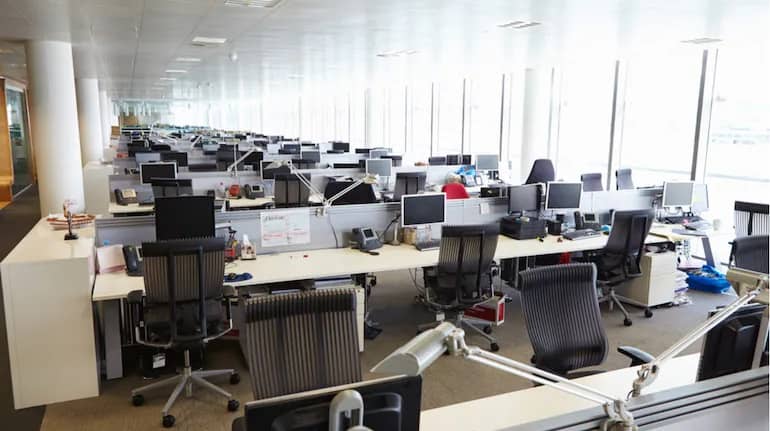
Commercial Buildings
THE NEED FOR CLEAN INDOOR AIR
Critical Importance of Indoor Air Quality (IAQ)
In commercial office buildings, Indoor Air Quality (IAQ) is a primary concern. IAQ refers to the quality of indoor air breathed in by a building’s occupants. The pollution levels in this indoor air can be up to five times higher than outdoor levels, and poor IAQ ranks as one of the top five environmental risks to public health. Now more then ever, making sure that the circulated air is clean, and that occupants are protected, is vital.
The Air Inside Your Building Man Contain:
- Molds, spores, pollens
- Carbon monoxide, radon, volatile organic compounds (VOCs)
- Bacteria, viruses and byproducts
- Vehicle engine exhaust, exhaust from industrial plants
- Asbestos, clays, elemental particles and man-made fibers
Higher-efficiency air filters help protect against airborne contaminants as well as pathogens, such as bacteria and viruses. ASHRAE and the CDC both suggest upgrading the particle efficiency of air filters and cycling more outdoor air into commercial buildings as a means of protecting building occupants. Specifically, air filters rated at least MERV 13 are recommended to reduce the presence of these disease- and infection-causing contaminants in occupied spaces.
Besides particulate filters, gas-phase filtration must be used to control the harmful effects of gaseous contaminants in commercial facilities. Common sources of these contaminants are located both outside and inside commercial facilities, ranging from automotive exhaust, weather-related conditions, and wildfires outside buildings to paint, carpet, and furniture inside facilities.
Optimize Your Environment
Air filtration systems in commercial facilities must handle relatively large volumes of air. Approximately 50% of a building’s energy consumption goes to the heating, cooling, and moving of air. Proper filter selection and maintenance is essential to keeping HVAC systems operating effectively and efficiently. There are multiple facets of the filter and the system in which it is installed that must be taken into consideration. These considerations include system airspeed, fan efficiency, filter resistance, service life, efficiency and cost. In considering the Total Cost of Ownership (TCO), it is important to keep in mind that planning maintenance is an important step in maintaining energy efficiency, minimizing costly downtime, and extending the lifespan of your equipment, thereby ensuring a cost-effective building.
Proper Air Filtration Strategies Improve Sustainability and Contribute to Four of Six LEED Credit Categories:
- Energy and Atmosphere (Efficiency)
- Indoor Environmental Quality
- Materials and Resources
- Innovation in Design/Operations
